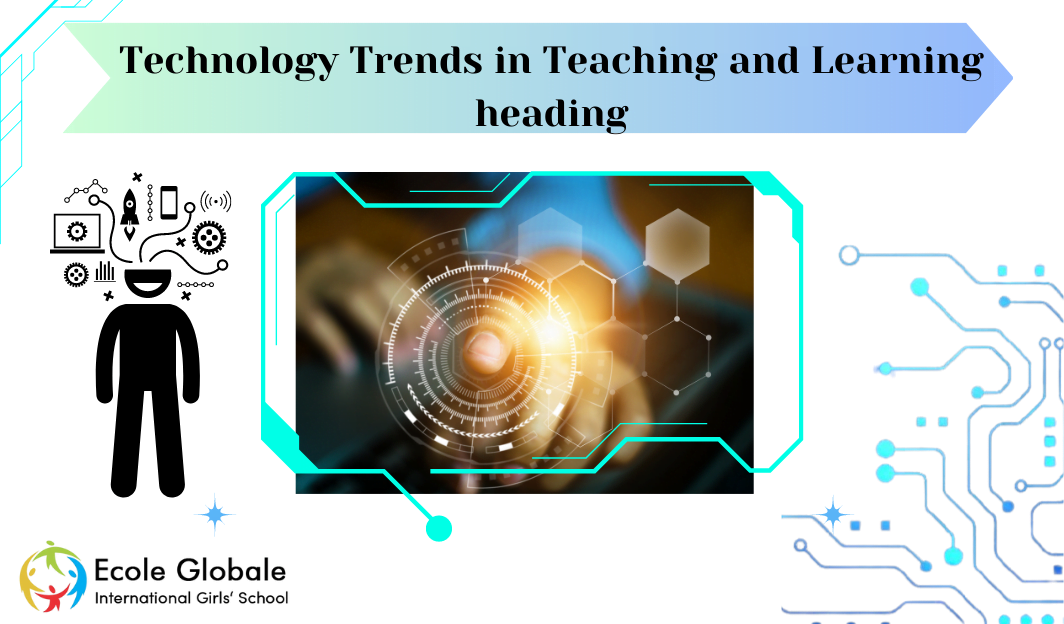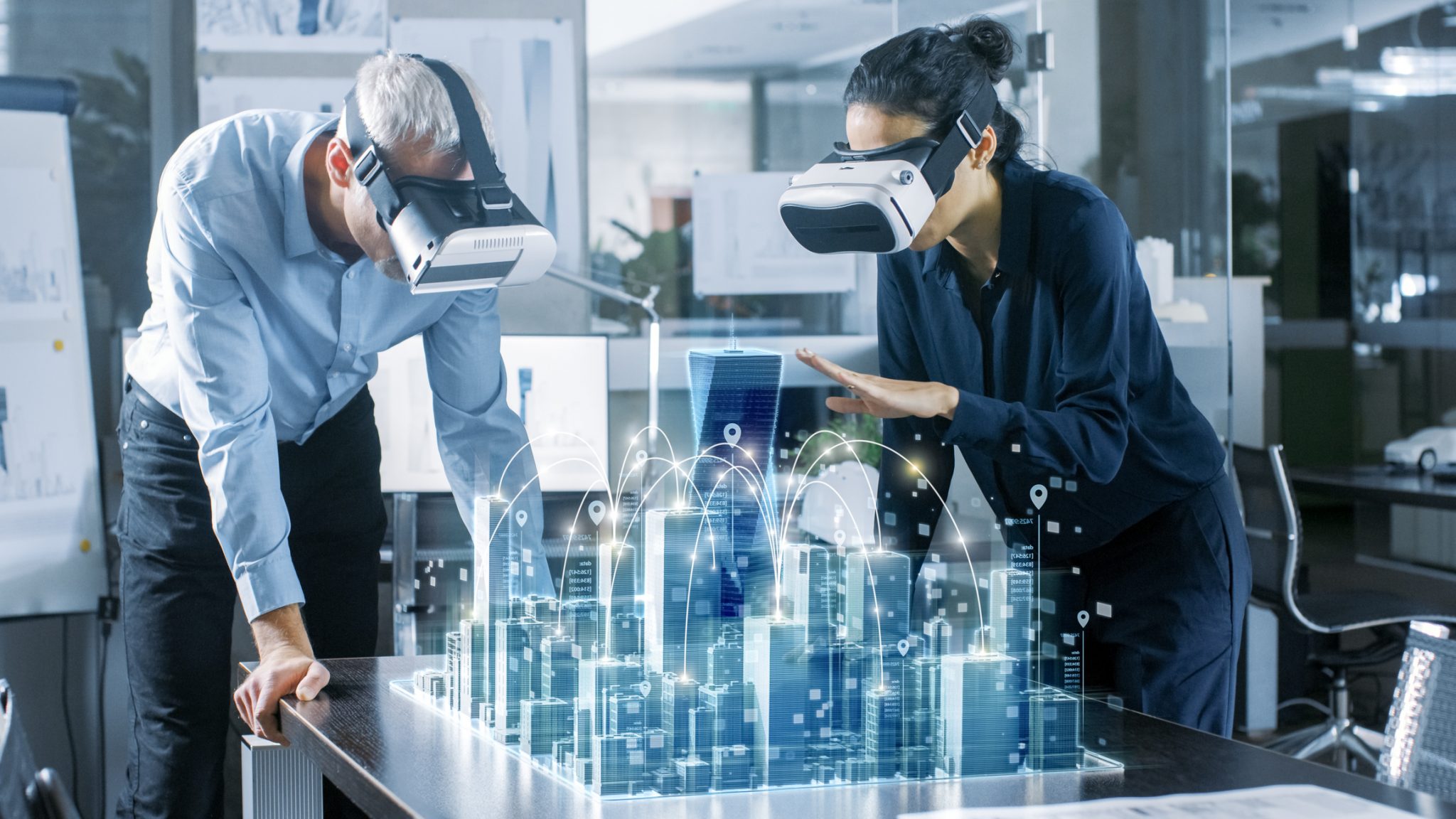Technology trends in the modern world can be difficult to keep track of. We use our computers to send emails, socialize, check news and weather, download games and music, take photos, post videos and create hundreds of other kinds of content. And that’s just domestic use. Believe it or not, many people use their smartphone as their primary device for making calls, browsing the internet, and everything else. At home, these people have laptops and smart TVs as well.
1. Gamification
-
Definition of gamification in education
According to the Girls Boarding in Dehradun, Gamification has been a buzzword in educational circles for the past few years. But what exactly is it, and how can teachers use it?
Gamification is defined as the process of adding game elements to non-game situations. It’s been used to motivate people to follow diets or exercise more, but it can also be applied to learning.
In education, gamification involves incorporating game-like elements into a lesson plan to motivate students and make learning more engaging. The goal is to encourage students to learn by offering rewards for completing tasks or achieving goals. -
Benefits of gamification in education
Gamification is a hot topic in education. Gamification, which can be defined as the use of game design elements in non-game contexts, has been adopted by schools and colleges around the world to engage students, encourage them to learn more, and ultimately succeed.
According to research from Pearson, gamification can help teachers deliver lessons that are more fun and engaging for students. Teachers who incorporate gamification into their lessons see an increase in student engagement, motivation, and achievement. -
Examples of gamification in education
1. The teacher assigns a little extra credit to students who participate in the class on Twitter or Facebook.
2. Students can earn points for good behavior or by completing homework assignments on time.
3. Students are given quizzes at the end of each unit to see how much they’ve learned from the material they studied during class time.
4. Students can play games that test their knowledge about different subjects in their classes like history or science.
5. Students have the option to take part in group projects that require teamwork in order to succeed at them successfully as well as receive extra credit if they do well with them (e.g., an art project where each student must contribute something unique that relates back to what they’ve learned). -
Challenges of implementing gamification in education
Gamification is the use of game design elements and game thinking to engage people in solving problems, learning about something new, or achieving goals.
The challenge for education is that it’s not just about creating a game, but about creating an engaging experience that will encourage people to learn and achieve their goals.
Gamification is not a new concept; it’s been around for decades. But the concept has rapidly gained popularity in recent years due to the rise of social media and mobile devices. Gamification can be applied to any type of learning environment — from workplace training and development to education — but it is most commonly used in online learning environments.
Gamification can help motivate learners by providing intrinsic rewards that are based on each individual’s interests and motivations. The combination of these rewards with more traditional learning methods can increase engagement and retention by encouraging learners to continue their studies until they achieve mastery of the material they are studying.
2. Blockchain
-
Definition of blockchain technology in education
Blockchain is a digital technology ledger that records transactions across many computers so they cannot be altered. It was invented by Satoshi Nakamoto in 2008 to serve as the public transaction record of bitcoin, the virtual currency.
Blockchain technology has been used to create simple applications (digital currencies) and complex ones (stock exchanges). It’s also being used to create smart contracts and tokens, which are digital representations of assets or rewards. -
Benefits of using blockchain technology in education
The benefits of using blockchain technology in education are plentiful. The most obvious benefit is that it offers the opportunity for greater transparency and accountability. Blockchain’s decentralized nature means that no single entity can control or modify the data stored on it, making it ideal for storing sensitive information such as student records.
The blockchain also offers a number of other benefits that can help improve education systems around the world.
Here are some of them:
– Transparency: Blockchain offers an indisputable record of transactions that cannot be altered, deleted, or manipulated. This makes it ideal for storing sensitive information such as student records that need to be kept secure and verifiable at all times.
– Security: Blockchain offers increased security through its decentralized nature, making it difficult for hackers to gain access to sensitive data stored on it without proper authorization
– Ease of use: Blockchain is easy to use and implement because there’s no need for centralized servers or databases; instead, all participants in a network maintain their own copy of the ledger which they update automatically whenever new transactions occur.
3. Artificial Intelligence (AI)
-
Definition of AI in education
Artificial intelligence (AI) is a broad term for computer systems that mimic human cognitive functions, such as learning and problem-solving. AI can be used to design systems that have been programmed to perform certain tasks.
Artificial intelligence has many applications in education, including:
1. AI-assisted technology tutoring systems.
2. Automated grading of essays or exams.
3. Repetitive and time-consuming tasks such as test scoring and essay grading can be done by computers. This frees up educators’ time to spend on more important tasks. It also allows students to get feedback on their work faster than if they had to wait for a human reader to grade their writing or tests.
4. Tools for personalized learning.
A major goal in education is personalized learning. Artificial intelligence can help make this happen by providing teachers with data about each student’s strengths and weaknesses so that they can tailor their instruction accordingly. -
Benefits of using AI in education
1. AI technology is becoming increasingly prevalent in education. It can be used to help teachers with grading and feedback, help students find relevant resources, or even just to entertain students during class.
2. AI technology has the potential to make learning more effective and efficient, but it also comes with some risks. In this article, we take a closer look at the benefits of using AI in education.
4. Augmented Reality (AR) and Virtual Reality (VR)
-
Definition of AR and VR in education
As per research conducted by Schools in India, Augmented Reality (AR) is a technology that allows users to interact with digital objects in the real world through their device screens by overlaying virtual elements onto real objects. This can be done through a mobile device screen or through glasses like Google Glasses or Oculus Rift headsets.
Virtual Reality (VR) is another form of computer-generated simulation that uses technology such as headsets or glasses to immerse people in an artificial environment that simulates a physical presence in places in the real world or imagined worlds.
-
Benefits of using AR and VR in education
There are many benefits to using AR and VR technology in education including increased engagement; improved student performance; increased learning retention; reduced costs; etc. Some benefits of using AR and VR in education are:
1. VI Internet of Things:- The Internet of Things (IoT) refers to the connection of physical devices to the internet. The term was coined by Kevin Ashton in 1999 and refers to the interconnection of physical objects through the internet. It is also known as machine-to-machine communication, M2M, or cyber-physical system.In the education sector, IoT is used to connect students with teachers, students with other students, and teachers with other teachers. IoT helps in monitoring the individual progress and performance of students by tracking their activity and providing feedback to improve their performance.
2. Benefits of using IoT in education:-
- Helps in improving student engagement: The use of smart classroom technology improves student engagement which leads to better learning outcomes for students. It also provides a personalized learning experience for each student by providing them with relevant information at the right time and place.
- Helps in improving teacher effectiveness: The use of smart classroom technology reduces the workload on teachers by automating various tasks such as grading assignments, attendance monitoring, etc., which allows them more time for teaching purposes rather than administrative work or manual grading, etc. This improves teacher effectiveness which leads to better learning outcomes for students.
- Helps in increasing workforce productivity: With constant developments.
Conclusion
Technology constitutes an ever-growing sector of the 21st-century learning environment. It has become increasingly ingrained in many facets of modern education and has been shown to be highly effective in both schools and at-home settings, but this does not mean that it is without its challenges and shortcomings.
For any queries related to parenting, schooling, or any student-related tips, click here to check out our latest blogs.









.png)
